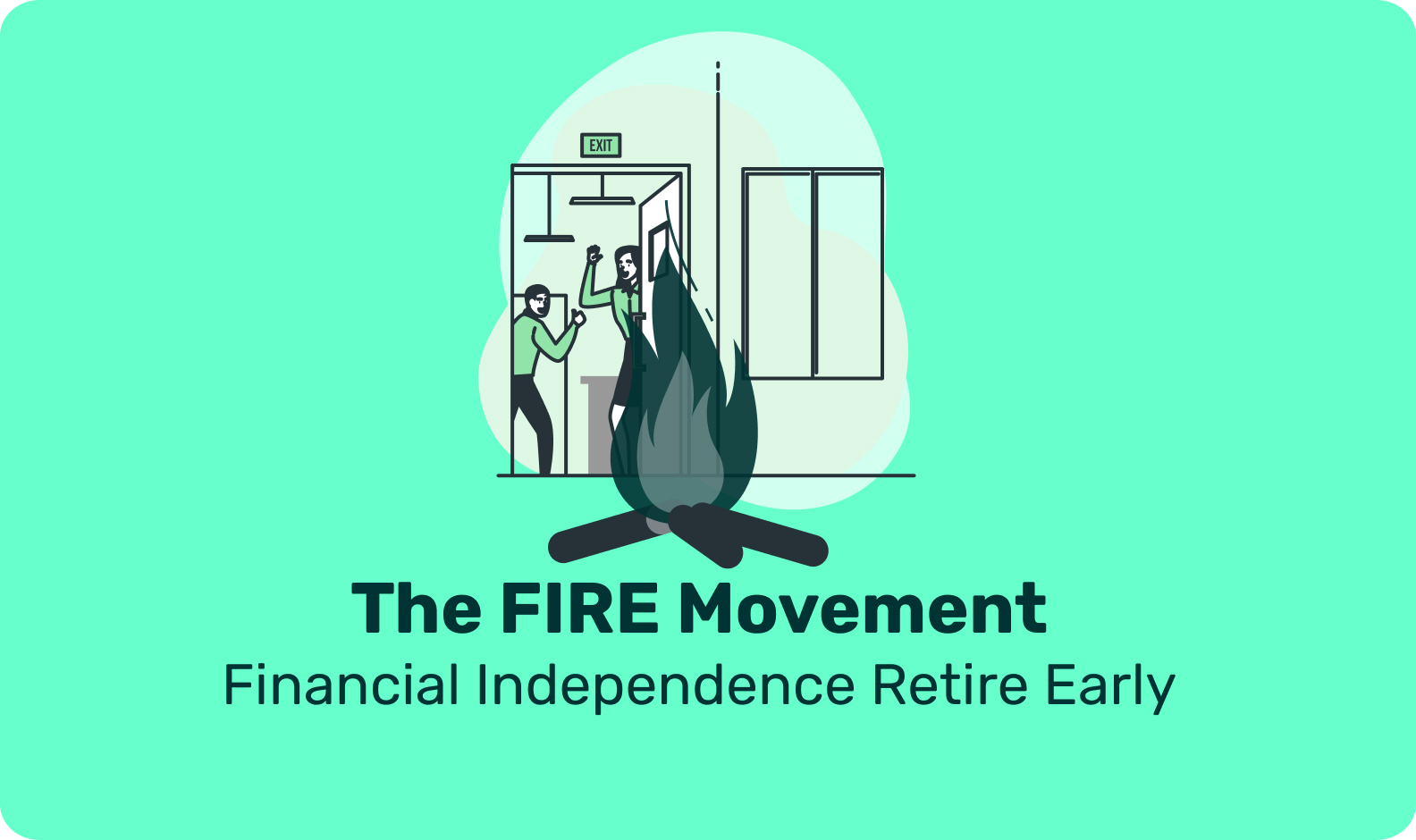The Financial Independence Retire Early (FIRE) movement is a lifestyle movement that emphasizes achieving financial independence at an early age so that individuals can retire early and live off of their savings and investments. The goal is to accumulate enough wealth through savings, investment, and frugal living to be able to retire in their 30s or 40s, rather than the traditional retirement age of 65.
This is a group of people committed to living below their means in order to gain financial freedoms that most of us can only dream about. Many of these savers will need to continue living a minimalist lifestyle in retirement in order to make their savings last for the rest of life. The keys to success are living bare-bones, eliminating debt, and saving as much money as possible. The movement emphasizes the importance of achieving financial freedom, which means having enough passive income streams and investments to cover one’s living expenses. Many individuals strive to save up to 50% of their income.
The FIRE movement has gained popularity in recent years, particularly among millennials and Gen Zs, who want to escape the traditional 9-5 work-life and achieve financial freedom earlier in life.
The qualities and skill set required to make this choice and commit to a simple life are admirable. Many of us could benefit by emulating the willpower and frugal habits these people must adhere to in order to retire early and successfully. The FIRE movement is an extreme version of what we aim to promote here at MoneyWellth. Delayed gratification, healthy savings habits, and paying down debt are things we should all be striving for. Statistics show that most of us are going in the opposite direction, taking on more debt for mortgages, education, automobiles, and credit card use. These debts are rising and are at record numbers in the United States.
Until now, we hadn’t lived through a period of high inflation since the 1970s. We are currently experiencing inflation mainly due to all the money printing that has gone on in the U.S. and the rest of the world over the last ten years. Also, the stock market went down in 2022. Many portfolios took a big hit in 2022. This is the first time since the FIRE movement started to gain popularity that portfolios have been shrinking while the prices of many necessities have rapidly increased. This makes it more challenging to live off a fixed income and shows the importance of needing multiple passive income streams to succeed.
Here are six strategies people use to succeed in the FIRE movement:
- Saving a high percentage of income: Many FIRE followers aim to save at least 50% of their income or more, by living frugally and minimizing expenses. This allows them to allocate more money towards investments, which can help them accumulate wealth faster.
- Investing in stocks and index funds: FIRE followers often invest heavily in stocks and index funds, which can offer long-term growth and passive income. By investing in low-cost index funds and holding them over the long term, they can benefit from compounding returns and minimize the impact of market volatility.
- Real estate investing: Some FIRE followers invest in rental properties, using rental income to cover their living expenses. This strategy can be risky, but it can also provide significant cash flow and appreciation over the long term.
- Starting a side hustle or business: Many FIRE followers start a side hustle or business to supplement their income and accelerate their savings. By leveraging skills and passions, they can create additional income streams that can contribute to their overall financial independence.
- Minimizing debt: FIRE followers aim to minimize debt, particularly high-interest debt like credit cards and personal loans. By reducing debt and interest payments, they can free up more money to save and invest.
- Continuously learning and optimizing: FIRE followers are often dedicated to learning and optimizing their financial strategies over time. They may track their spending, invest in education or coaching, and seek out new opportunities for growth and income.
These strategies require discipline, patience, and a long-term outlook. They may not be suitable for everyone, but for those who are committed to achieving financial independence, they can be effective ways to reach their goals. Even during high inflationary times, there are ways to cut back, add extra income and save for the future.

